Why do mice survive when dropping rats and elephants from a skyscraper?

There are creatures of various sizes on the earth, and when different sizes, the result when falling from a high place, and the threat which becomes a threat of life will differ. For influences of different sizes depending on such organisms, a movie that was explained in an easy-to-understand manner with an animation, such as "What happens when you drop a mouse and an elephant from a skyscraper?"What Happens If We Throw an Elephant From a Skyscraper? Life & Size 1You can understand well when you see.
What Happens If We Throw an Elephant From a Skyscraper? Life & Size 1 - YouTube
Creatures vary in size depending on the type.

What will happen if you throw three types of creatures of different sizes, rats, dogs, elephants from the rooftop of a skyscraper?

Mattresses are laid down at the falling point, and when the mouse lands, it faints for a while, getting angry with suddenly being thrown out of a skyscraper, running and escaping.

Dogs will die of bone fracture of the whole body.

The elephant blasted out from the bones to the internal organs with a shock of the landing flashily and exploded, and it fell apart.

Why each result is different, it is related to "size".

Creatures are of various sizes ranging from extremely small things like 3 micrometers to huge things more than 30 meters.

To explain why the size depends on the type of living things, let's think back to the three kinds of animals thrown out of a skyscraper.

The rats survived because of their small size, the smaller the size, the less the effect of gravity.

Small creatures such as fleas do not receive fatal injuries, even if falling from higher places than mice.

To illustrate this, assume that the sphere in which the size of the long soap bubble organisms are present. Because it is a sphere, you can easily check height, surface area, volume, and the inside of the sphere is filled with viscera and muscle.

What will happen if you increase the height of this sphere creature to a basketball that is about 10 times larger?

Not all numbers will be the same 10 times, the surface area will be 100 times and the volume will be 1000 times.

Volume represents weight. As the weight increases, the kinetic energy of an animal collides with the ground increases and the impact increases.
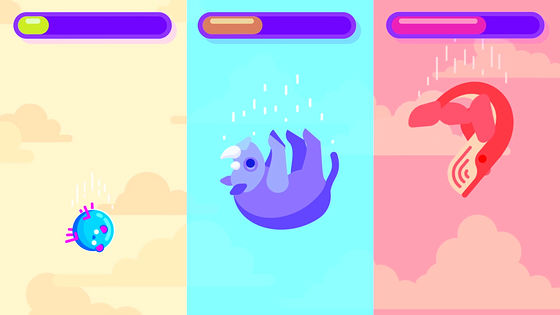
The wider the surface area, the shock when landing will be diffused and will be softened, the air resistance will also increase and the falling speed will decelerate. The mouse was thrown out of a skyscraper and did not die because the balance of height, surface area, volume was good, and the damage of the fall was small.
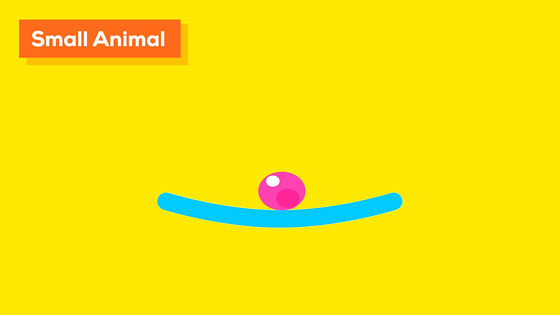
On the other hand, since the elephant has too small a surface area to the volume, it can not receive the benefit of deceleration due to air resistance, a large amount of kinetic energy is generated, and the surface area can not survive the violent impact and explode.

Insects have a large surface area for small volumes.
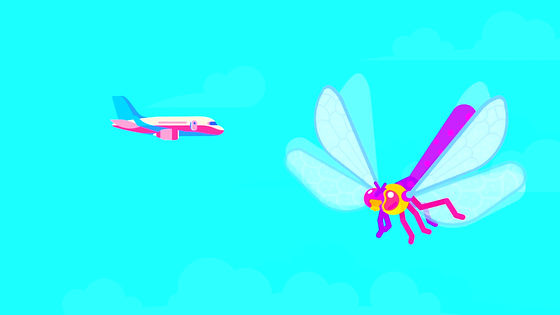
Therefore, even if it is thrown from an airplane in flight rather than a skyscraper, it will not suffer serious damage.

On the other hand, although it is not a threat to humans and other creatures, "insects drops" a drop of water "is dangerous.
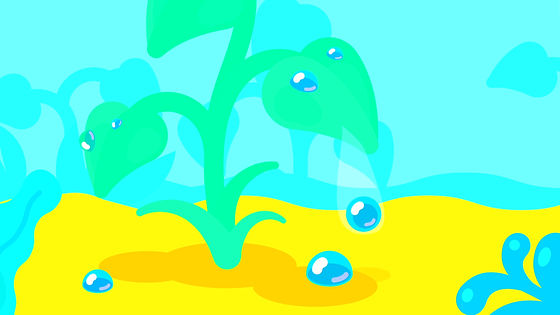
Because water is attracting each other by the property of "cohesiveness", because the surface creates tension like the invisible skin.
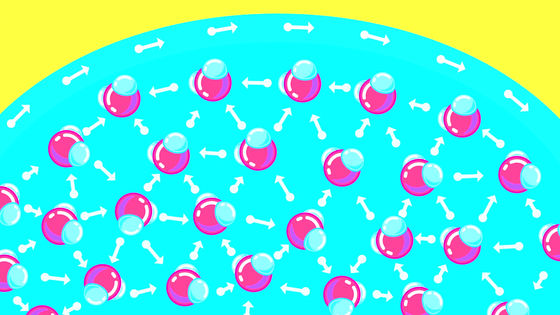
The power of this "invisible skin" is very weak for human beings, so it hardly notices.

If you rise up from the pool and there are 800 g of water droplets on the humbling body of the bingo chopstick, you will be wearing about 1% of the human body weight. It is heavier than human beings can not notice, but animals with smaller sizes are more susceptible to water.
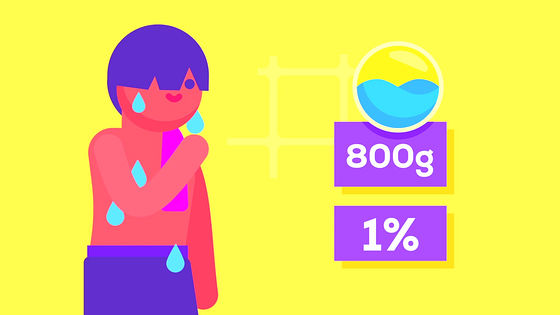
When 3 g of water droplets are attached to the body of a mouse raised from water, it is equal to 10% of the volume.
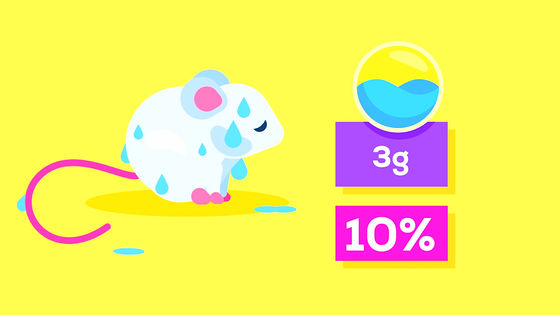
In humans, every time I take a shower it's like eight bottles containing 1 liter of water are entangled.
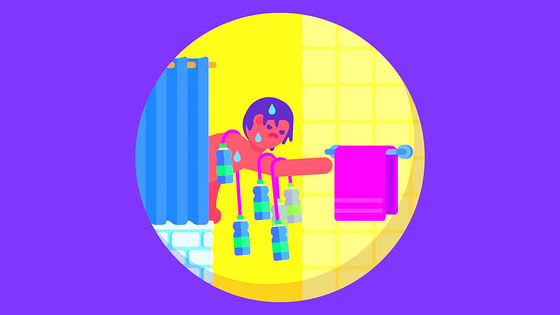
For smaller insects than mice, the surface tension of water can be a non-negligible threat.

If humans become ali size and touch water drops accumulated in the leaves ... ...

Water will capture you with the attractive power like a glue. For the ants of size can not break on their own to "skin invisible", will die by drowning.
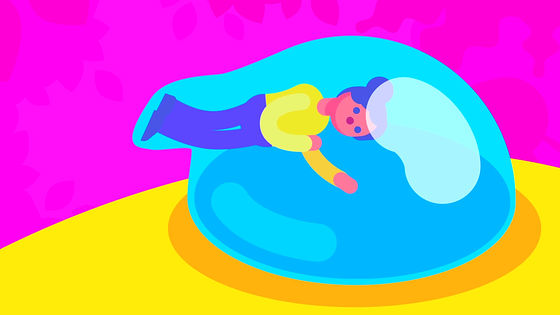
However, many insects evolve to have water repellency to cope with the nature of water. For example, the beating beetle's outer feather has partial water repellency like a car waxed car.
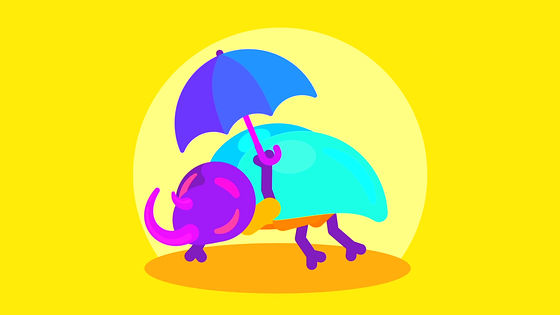
Insects like bees have countless small hair that will be a barrier to water. These hairs have a role of greatly increasing the surface area and can repel water droplets before the water enters the exoskeleton.

Nanotechnology that counteracts this surface tension is one that was invented billions of years ago when humans are born.
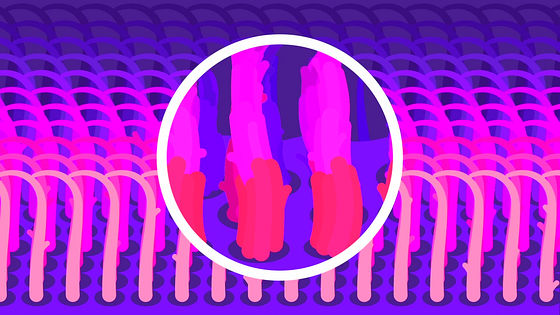
Some insects have more than one million repellent hair per square millimeter and can keep the film of air even if they enter the water. If you are in the water for a while, only bubbles of carbon dioxide are discharged outside the film, and instead only new oxygen passes through the water. Diving insects have a mechanism that allows you to breathe outside the lungs, so you will not get drowned in the water.

It is also the same principle that Amemo Moves the water surface to Switzerland, using water repellent hair on the feet to create a film of air.
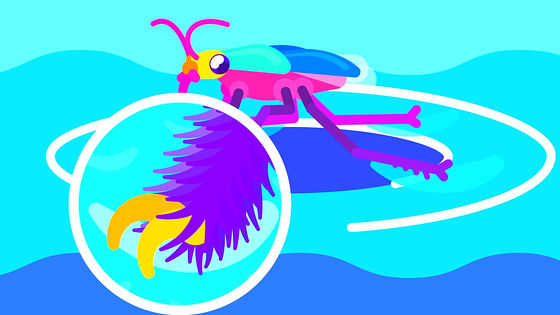
As the size gets smaller, even air may be dangerous. The world's smallest insect, "Hosho Haneko" has a size of 0.15 mm, which is just half of the salt.
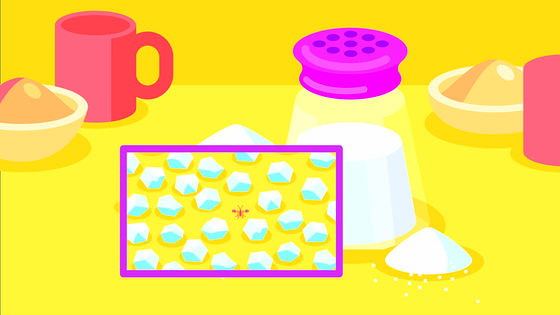
Airborne is like a thin jelly for a bearded bee.
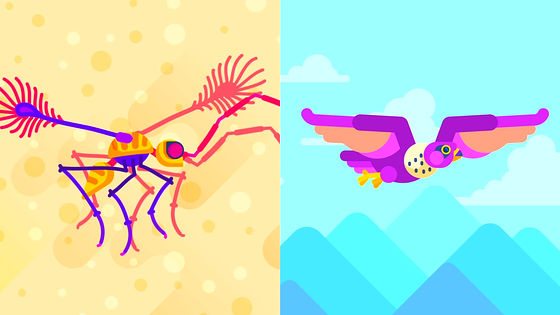
It is not easy to fly around the sky, it does not glide like a bird, it fly with the air.
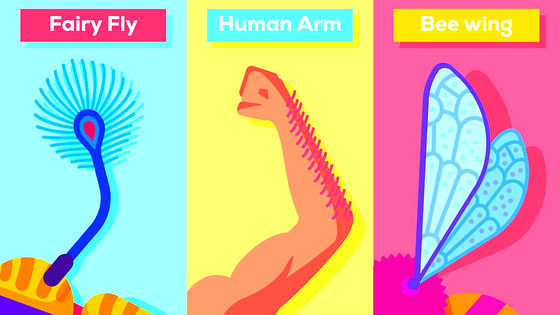
As a result, Hosho Haneko has no ordinary insect feathers, and uses the big grown arms to fly while grasping the air.
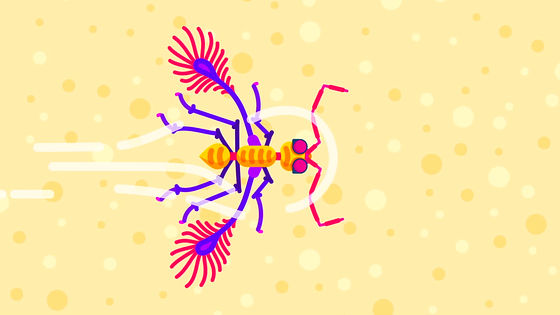
There are many creatures that have evolved a lot on the planet and have become various sizes, but why are not ants of the same size as horses or ameba of the same size as elephants? This point is explained in Part 2 of the sequel movie.

Related Posts:







